Very powerful water soluble and biodegradable cleaner for quick and efficient removal of oil, grease, scale, soot, nicotine etc. Great as a professional cleaner for fenders, tarpaulins, poles and aluminum ship components and for the removal of hydraulic oil .
Thin with water. For normal dirt add 1 part of C2 on 10 parts of water. For heavy dirt add 1 part C2 on 5 parts of water. Can be diluted with hot and cold water. Use cloth or soft brush. After treatment, always rinse with plenty of water.
| Capacity | Code |
|---|---|
| 500 ml | 300006979 |
| 5 l | 300007096 |
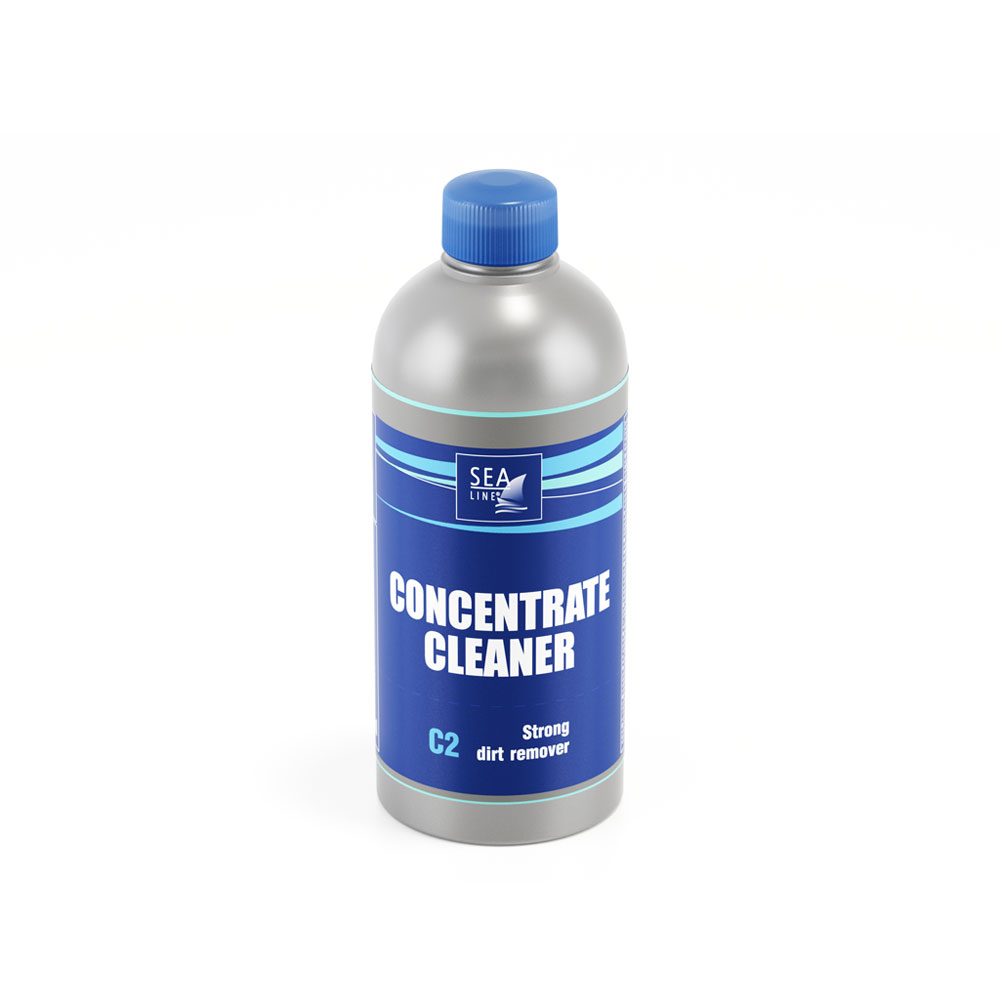
Manually:
Sea-Line® C2 CONCENTRATE CLEANER is a concentrated product for cleaning GPR off lingering contaminants. It is a very powerful biodegradable, water soluble cleaner for quick and efficient removal of contaminants from such surfaces as:
The modern formula of Sea-Line® C2 Concentrate Cleaner combined with a possibility of diluting the product, depending on the degree of contamination, makes it ideal for removing:
Further work:
Protect the surface with S4 Sea-Line® protective wax to:
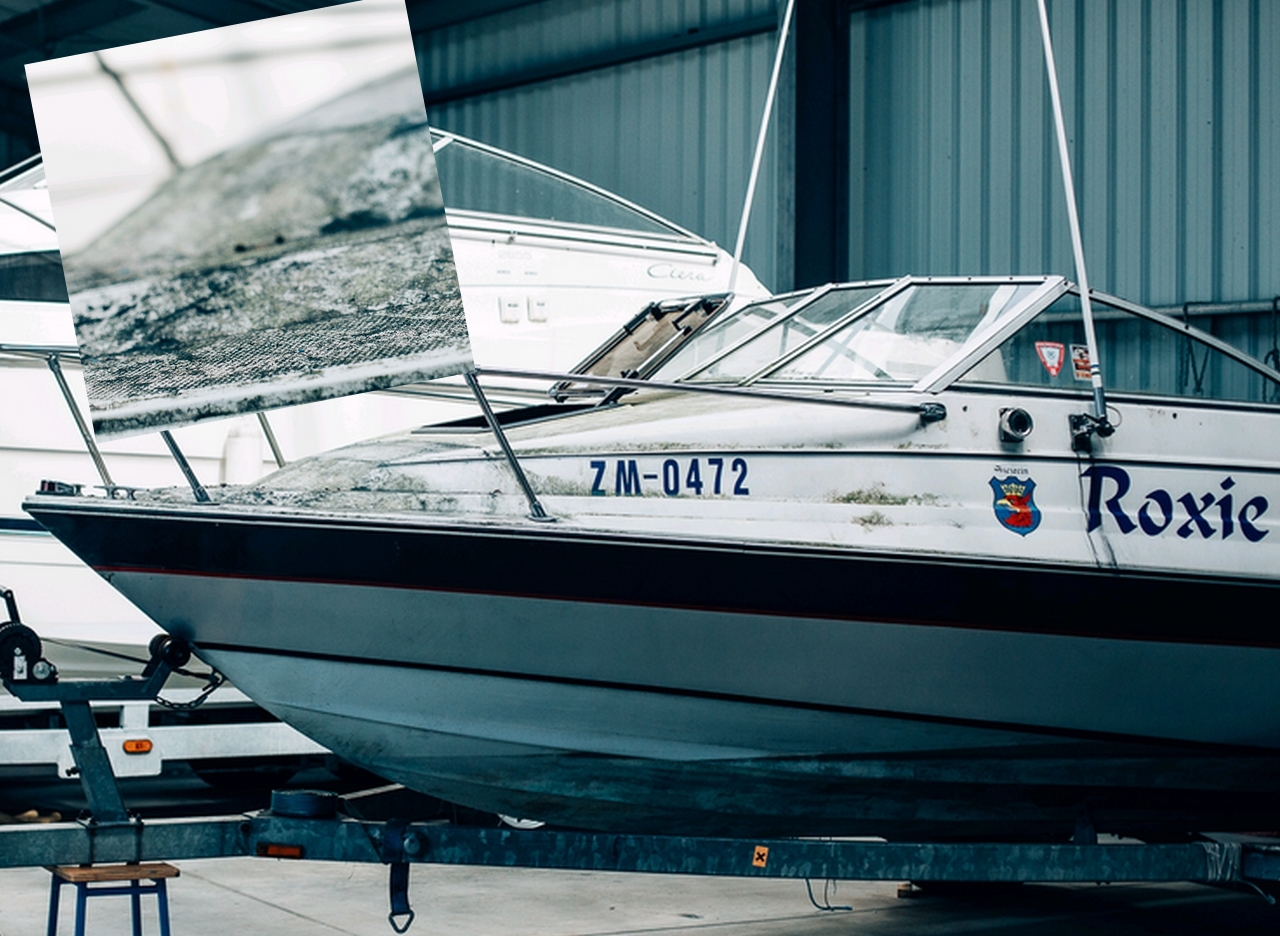
Our vessels may sometimes look like the one in the picture below. We can quickly and easily make it look nice. C2 Concentrate Cleaner can be used on all kinds of gelcoats and varnishes.
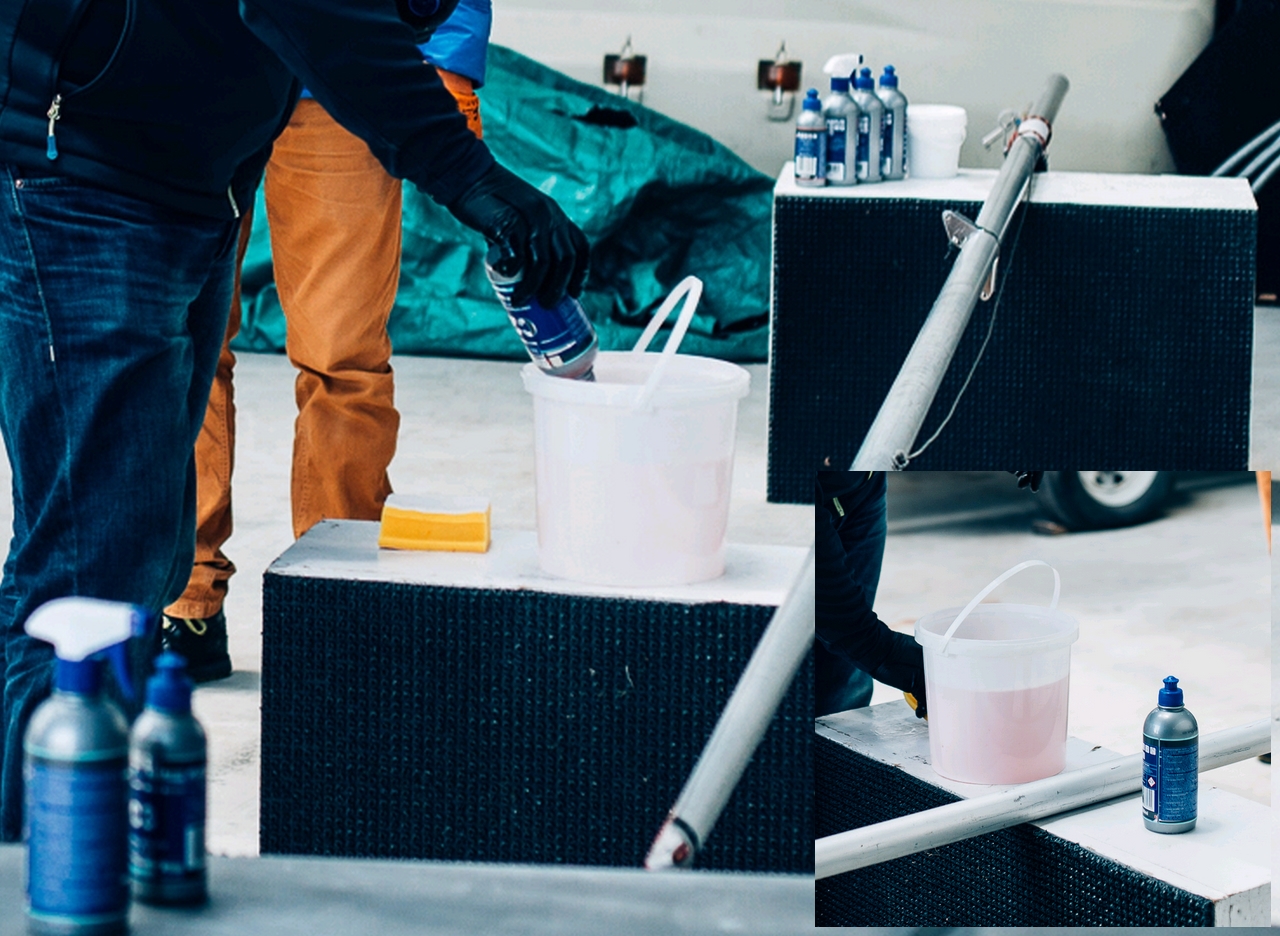
Thin Sea-Line® C2 with water at a ratio of:
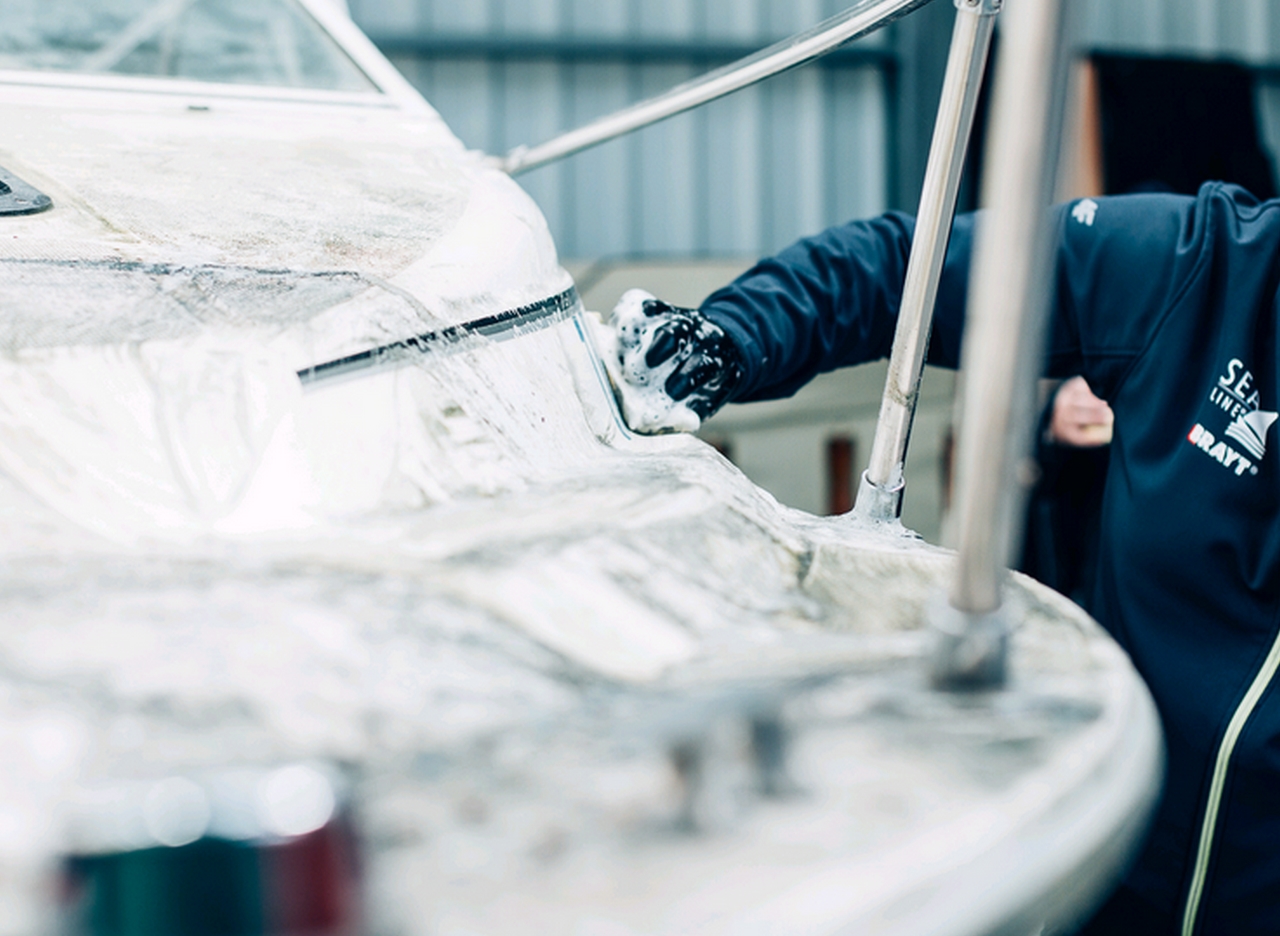
Before starting work, clean the surface from contamination, e.g. sand. Using a sponge or a brush, apply C2 Concentrate Cleaner.
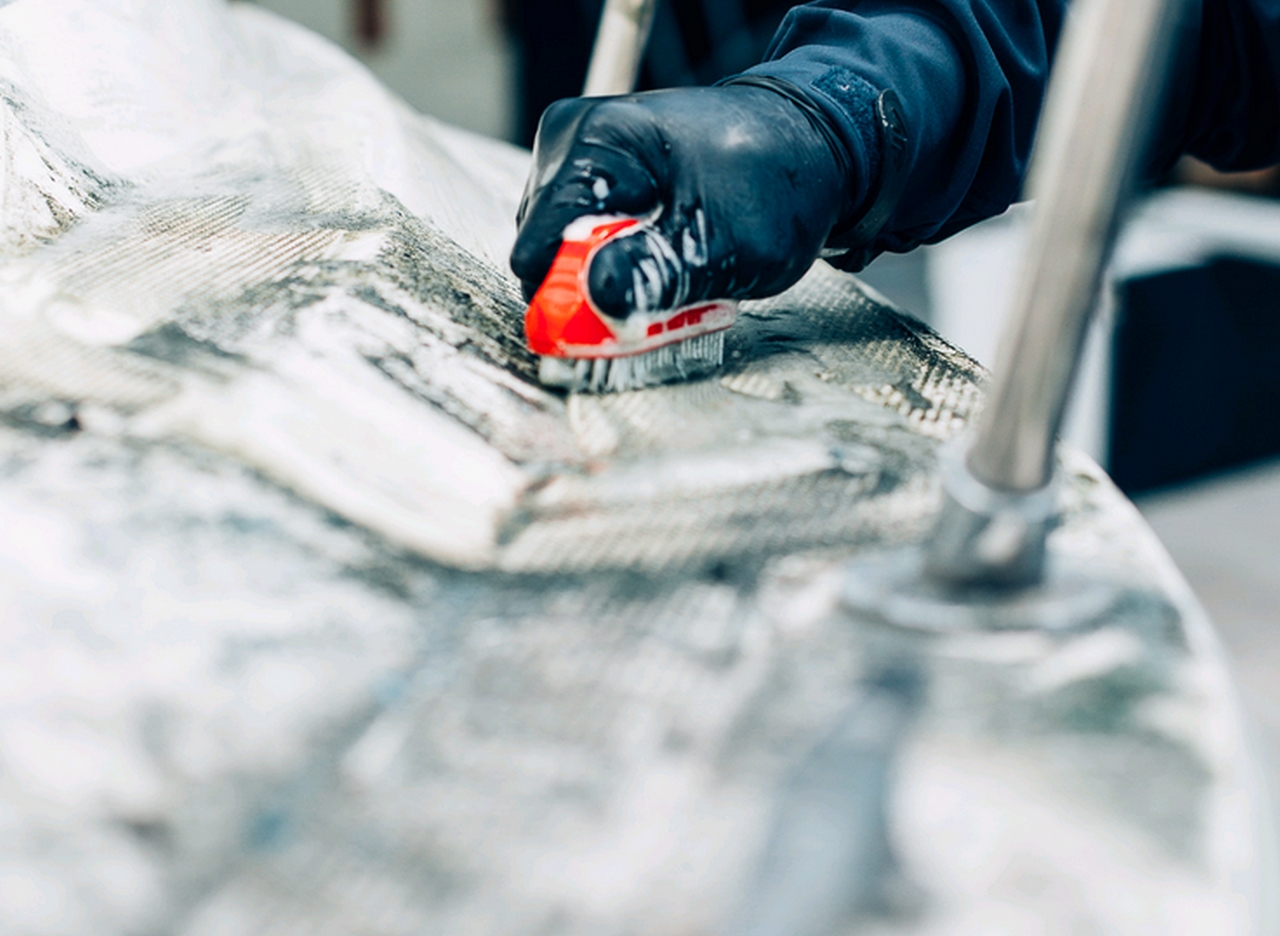
Non-slip surface or heavily soiled elements, scrub with a soft brush.
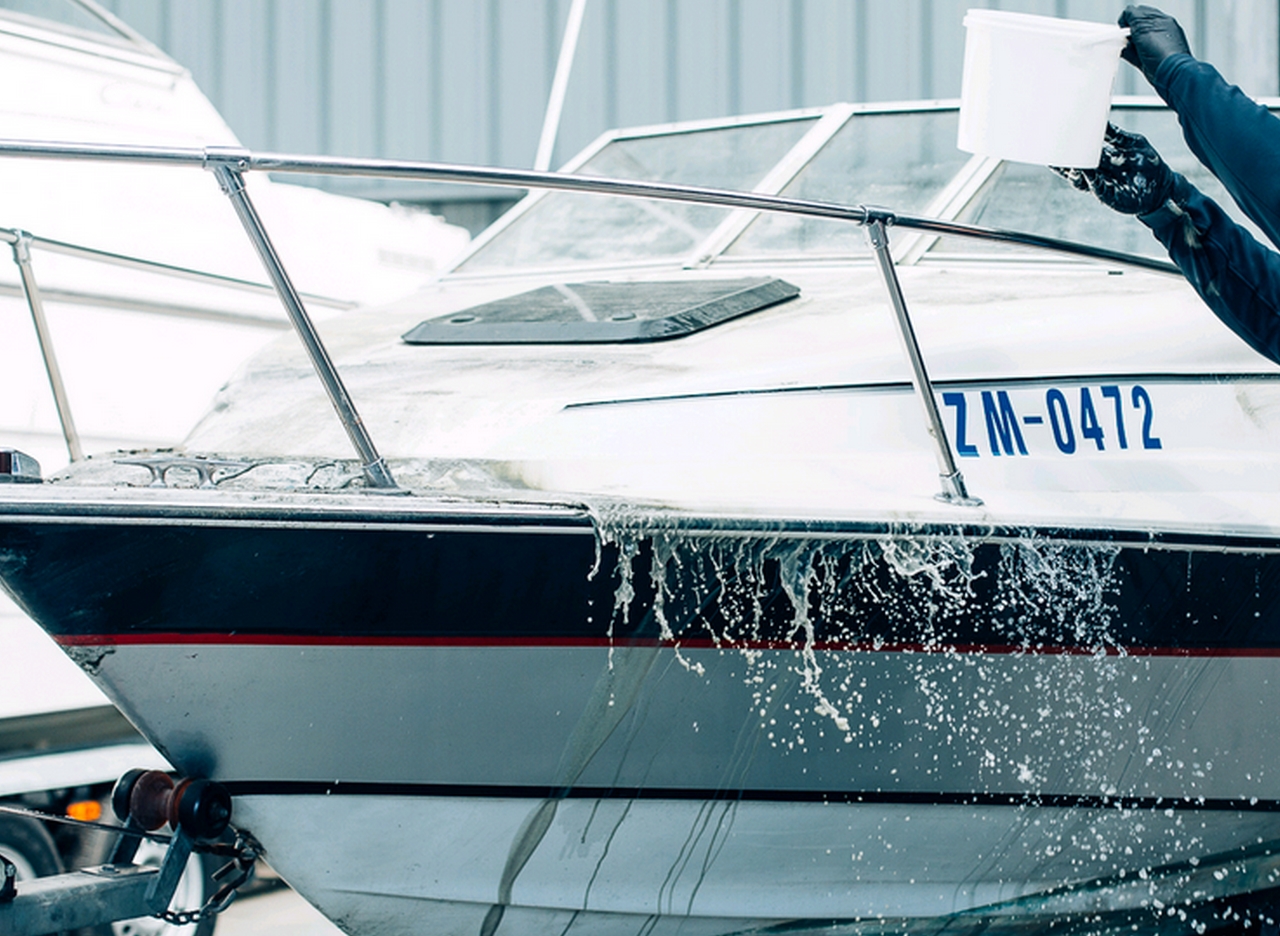
Removed contaminants and the product residues, rinse abundantly with water. Do not let contaminants dry out on the cleaned surface.
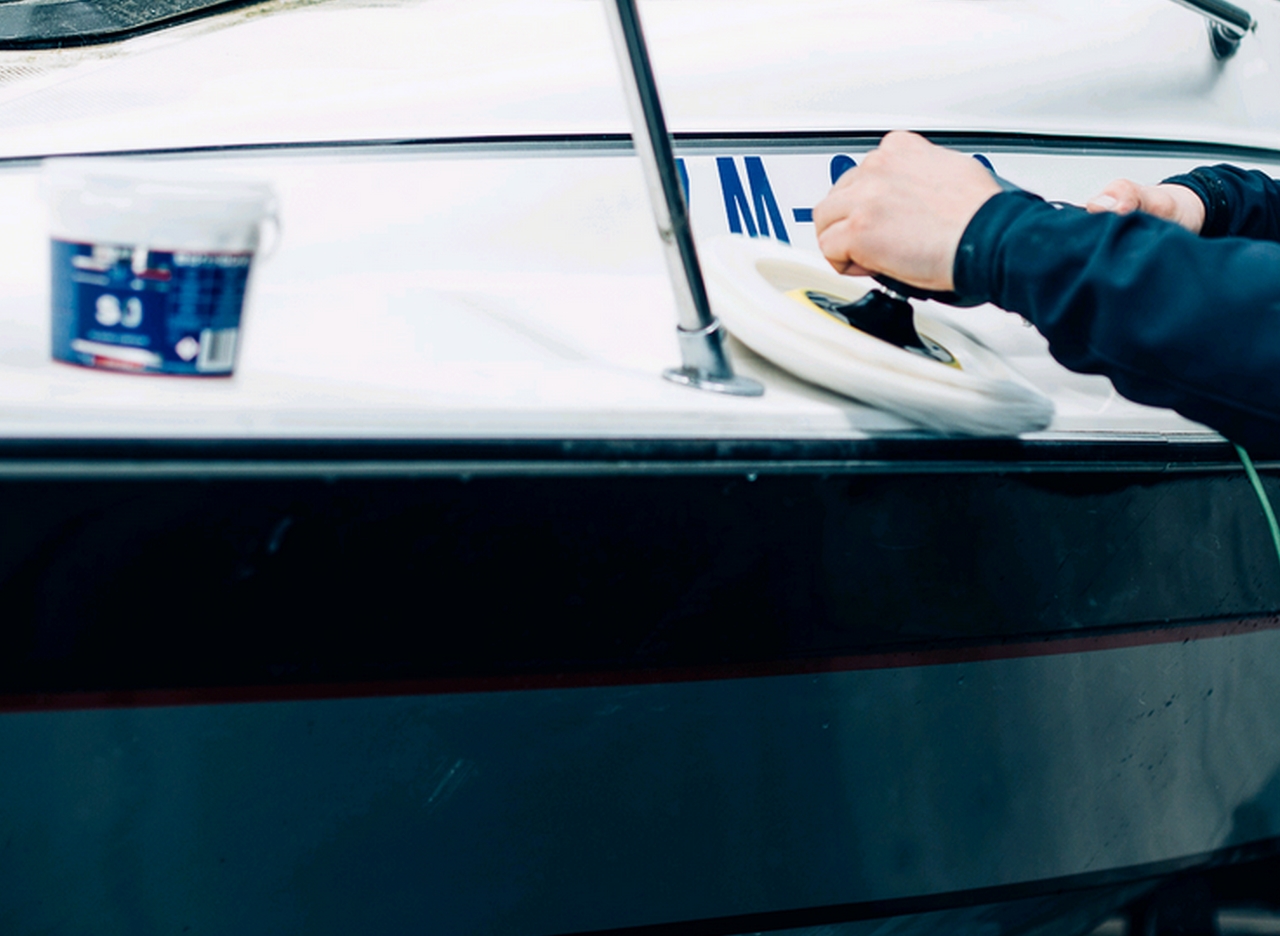
To increase gloss, the surface may additionally be polished by using Sea-Line S1 or Sea-line S0 compound.
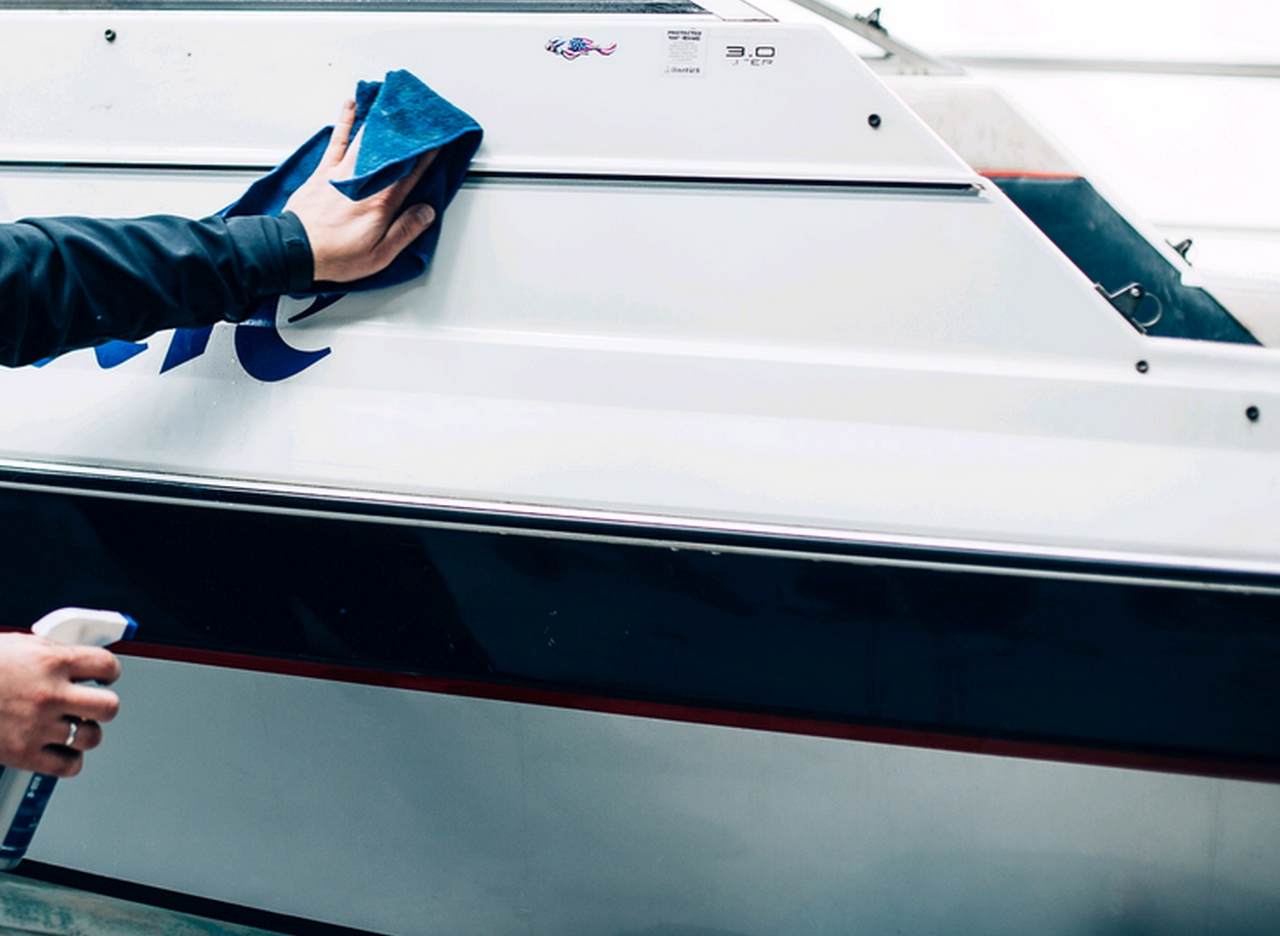
The cleaned surface protect (optionally) with Sea-Line S4 Protect Wax & Sea-Line S3 Clean & Protect spray
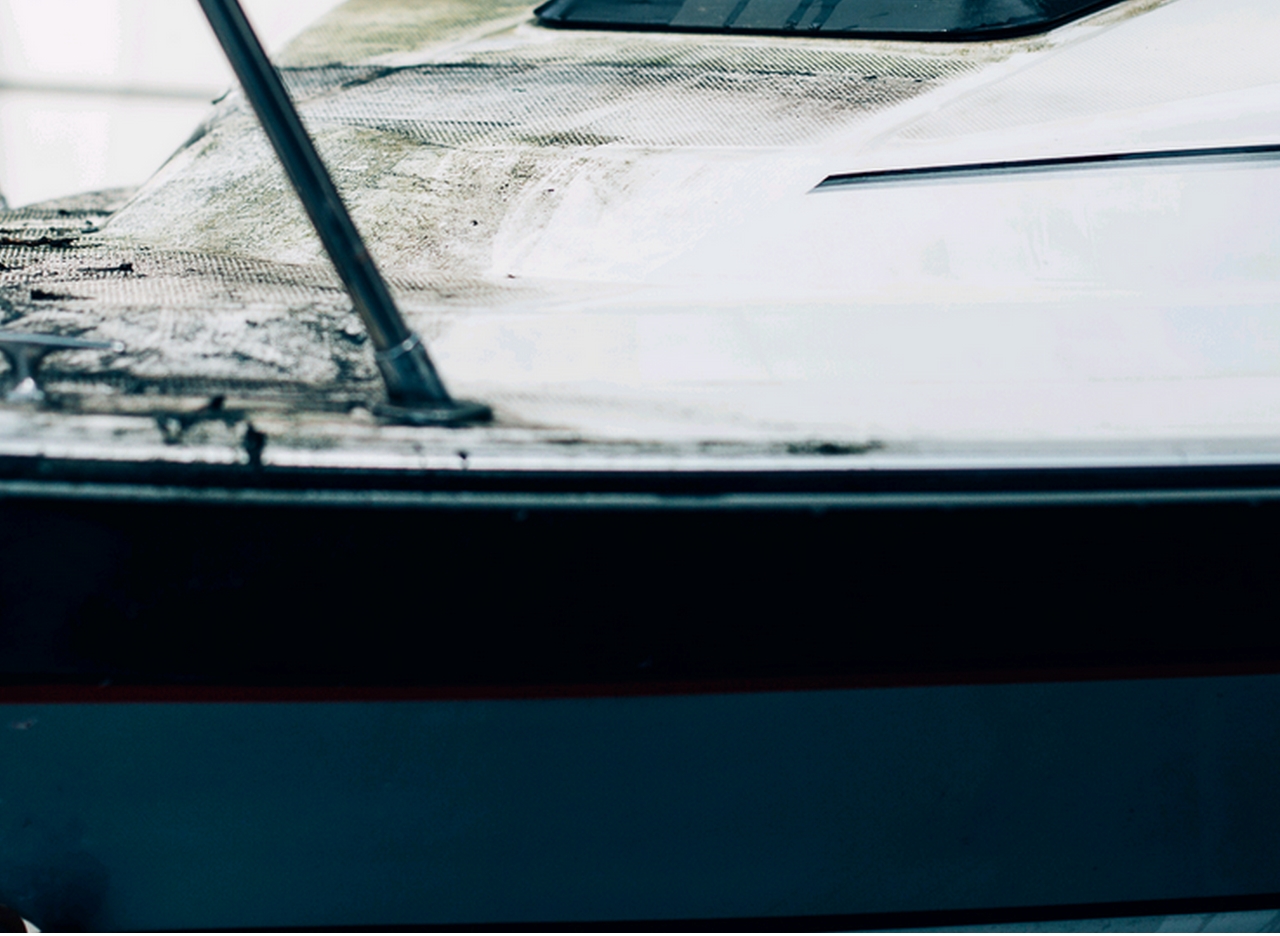
The picture shows a cleaned surface (right side) and its condition before using C2 Concentrate Cleaner (left side).
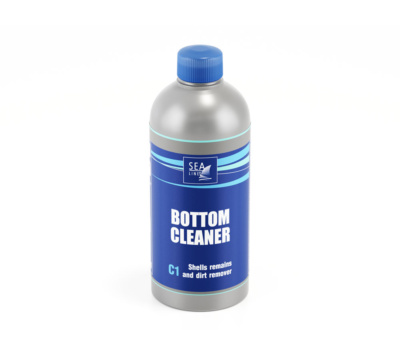
C1 BOTTOM CLEANER is a powerful, effective formula to rapidly remove dirt, rests of shells

C3 SHAMPOO WITH WAX is a shampoo with wax for cleaning and protecting gelcoat and
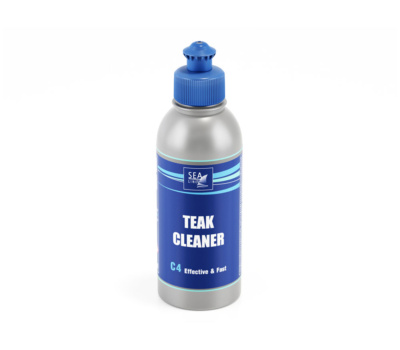
C4 Teak Cleaner is a very powerful water-soluble, biodegradable concentrate for quick and efficient restoration
We do not recommend using universal thinners. The use of a thinner with an unknown composition may result in loss of adhesion, lack of proper flow of paint and varnish defects.
Yes, you can mix Sea-Line polyurethane paints. The only difference are the pigments of polyurethane paints that determine the color of the paint. But remember to keep the right proportions of base, hardener and thinner.